How to Identify Quality Clothing in Wholesale Markets: 2025 guide
Identifying quality clothing in wholesale markets can make the difference between business success and costly inventory mistakes. For clothing store owners and retailers, developing expertise in quality assessment ensures customer satisfaction, reduces returns, and maximizes profit margins.
This comprehensive guide reveals professional techniques to evaluate quality clothing in India wholesale markets. We'll explore fabric inspection methods, construction quality indicators, and supplier evaluation strategies.
Key benefits you'll master: • Professional fabric quality assessment techniques • Construction details that indicate superior craftsmanship • Supplier credibility evaluation methods • Cost-effective quality testing approaches
Understanding clothing quality standards in India's wholesale markets empowers retailers to make informed purchasing decisions. These skills translate directly into improved customer satisfaction and sustainable business growth.
Quick Quality Checklist: 5 Signs of Quality Clothing Before Bulk Buying

✓ Fabric Test: Even weave, appropriate weight, no thin spots or loose threads
✓ Seam Check: Straight stitching, secure thread tension, finished edges
✓ Hardware Test: Smooth zippers, secure buttons, rust-free metals
✓ Color Verify: Uniform coloring, no bleeding when rubbed gently
✓ Size Confirm: Consistent measurements across identical sizes
Pro Tip: A Kolkata retailer reduced returns by 30% after implementing these 5-point checks on every wholesale order, saving ₹50,000+ annually in exchange costs.
Essential Fabric Quality Indicators for Wholesale Success
Understanding Fabric Construction and Weave Quality
Fabric forms the foundation of any garment's quality and durability. Premium clothing begins with superior fabric selection and proper weave construction.
Primary fabric quality indicators:
• Thread count and density consistency
• Weave tightness and uniformity
• Fiber composition and blend ratios
• Color fastness and dye quality
Cotton fabrics should feel smooth with consistent thickness throughout. Check for irregular weaving patterns, loose threads, or thin spots that indicate inferior manufacturing.
Synthetic blends require careful evaluation of fiber ratios. Durable apparel manufacturers provide accurate composition labels and maintain consistent blend ratios across production batches.
Color Fastness and Dye Quality Assessment
Color retention significantly impacts garment longevity and customer satisfaction. Professional retailers develop systematic approaches to evaluate dye quality in wholesale purchases.
Color fastness testing methods:
• Visual inspection for color uniformity
• Gentle rubbing tests on hidden areas
• Light exposure resistance evaluation
• Washing simulation assessments
Poor dye quality becomes evident through color bleeding, fading, or uneven color distribution. Premium clothing maintains vibrant colors through multiple wash cycles without significant fading.
Request fabric samples for home testing when possible. This allows thorough evaluation before committing to large wholesale orders.
Real Success Story: A Mumbai boutique owner discovered color bleeding issues during sample testing, avoiding a potential ₹2 lakh loss on 500 damaged garments that would have been unsellable after the first wash.
Fabric Weight and Drape Characteristics
Fabric weight directly correlates with garment durability and appearance retention. High-quality clothing uses appropriate fabric weights for intended garment types.
Fabric weight evaluation criteria:
• Consistency across the entire fabric roll
• Appropriate weight for garment category
• Proper drape and fall characteristics
• Resistance to wrinkling and stretching
Lightweight fabrics should maintain structural integrity without appearing flimsy. Heavy fabrics must provide durability without excessive stiffness that affects comfort.
Visual Quality Comparison Reference: Imagine comparing two cotton shirts side-by-side: High-quality fabric feels substantial yet smooth, with consistent thickness when held to light. Poor quality appears thin, uneven, with visible thick and thin patches throughout the weave.
Construction Quality Assessment Techniques
Seam Quality and Stitching Standards
Seam construction reveals manufacturing quality standards and attention to detail. Quality clothing features consistent, durable seams that withstand regular wear and washing.
Professional seam evaluation points:
• Straight, even stitching lines
• Appropriate thread tension throughout
• Proper seam finishing techniques
• Reinforcement at stress points
Examine inside seams carefully for loose threads, skipped stitches, or irregular tension. Durable apparel manufacturers maintain consistent stitch density and use appropriate thread weights.
French seams, bound seams, and proper edge finishing indicate superior construction standards. These details separate quality clothing from mass-produced alternatives.
Hardware and Fastener Quality Standards
Buttons, zippers, snaps, and other hardware components significantly impact garment functionality and longevity. Quality clothing incorporates durable, well-attached hardware.
Hardware evaluation checklist:
• Button attachment security and alignment
• Zipper smoothness and durability testing
• Snap closure strength and consistency
• Thread quality used for hardware attachment
Test all functional elements during wholesale evaluation. Zippers should operate smoothly without catching or binding. Buttons must be securely attached with quality thread.
Metal hardware should show no signs of rust, corrosion, or poor plating. Plastic components must demonstrate appropriate thickness and durability for intended use.
Before/After Quality Example: Poor quality: Button thread shows fraying after 10 gentle tugs, zipper catches halfway up
High quality: Button remains secure after 50+ tugs, zipper glides smoothly 100+ times
Fit and Sizing Consistency Across Production Runs

Size consistency remains crucial for retail success. Quality clothing manufacturers maintain strict sizing standards across different production batches.
Sizing evaluation methods:
• Measurement verification against size charts
• Comparison across multiple pieces in same size
• Fit testing on various body types
• Tolerance checking for critical dimensions
Request samples in multiple sizes for thorough evaluation. Significant variations between identical sizes indicate quality control issues that could affect customer satisfaction.
Supplier Evaluation and Quality Assurance Strategies
Manufacturer Credibility and Track Record Assessment
Choosing reliable suppliers forms the foundation of successful wholesale sourcing. Quality clothing suppliers demonstrate consistent performance, transparent communication, and professional operations.
Supplier evaluation criteria:
• Years of industry experience and reputation
• Quality certifications and compliance standards
• Client testimonials and reference verification
• Production capacity and order fulfillment reliability
Research potential suppliers thoroughly before committing to wholesale partnerships. Established suppliers often provide better quality clothing and more reliable service than unknown entities.
For retailers seeking verified quality clothing suppliers, platforms like Indian Wholesale Market offer access to pre-screened manufacturers with proven track records.
Quality Control Systems and Testing Procedures
Professional suppliers implement systematic quality control measures throughout production processes. Quality clothing manufacturers document their testing procedures and quality standards.
Quality control indicators to evaluate:
• Pre-production sample approval processes
• In-line production quality checks
• Final inspection procedures and standards
• Quality documentation and certification
Request detailed information about supplier quality control systems. Manufacturers confident in their quality clothing production gladly share their quality assurance protocols.
Some suppliers provide third-party quality certifications, laboratory testing reports, and compliance documentation. These credentials indicate serious commitment to quality standards.
Communication Standards and Service Quality
Effective communication prevents misunderstandings and ensures order accuracy. Quality clothing suppliers maintain professional communication standards and responsive customer service.
Communication quality indicators:
• Prompt response times to inquiries
• Clear, detailed product specifications
• Transparent pricing and terms
• Professional order processing systems
Suppliers who prioritize clear communication typically deliver better quality clothing and more reliable service. Poor communication often correlates with quality control issues.
Advanced Quality Testing Methods for Retailers
Physical Stress Testing and Durability Assessment
Professional retailers conduct systematic durability testing to evaluate quality clothing performance under normal use conditions.
Practical durability testing approaches:
• Gentle stretching tests for fabric recovery
• Seam stress testing at critical points
• Colorfastness evaluation through washing simulation
• Pilling resistance assessment through friction testing
Simple tests reveal potential quality issues before wholesale commitments. Quality clothing withstands reasonable stress testing without showing significant wear or damage.
Document testing results for future supplier evaluation and inventory planning. Consistent testing develops expertise in quality assessment over time.
Comparative Analysis Against Market Standards
Benchmarking potential purchases against established quality clothing standards helps retailers make informed decisions.
Comparative analysis techniques:
• Side-by-side comparison with known quality brands
• Price-to-quality ratio evaluation
• Feature and benefit analysis
• Long-term value assessment
Compare wholesale options against retail market leaders in similar categories. Quality clothing should meet or exceed standards set by established brands in comparable price ranges.
Regional Market Considerations and Quality Variations
Understanding Regional Quality Standards Across India
Different regions in India specialize in various quality clothing categories with distinct manufacturing strengths and standards.
Regional specialization areas:
• Tamil Nadu: Cotton textiles and garment manufacturing
• Punjab: Woolen clothing and winter wear
• West Bengal: Handloom textiles and traditional wear
• Maharashtra: Fashion-forward clothing and export quality
Quality clothing in India wholesale markets varies between regions based on local expertise, infrastructure, and market focus. Understanding regional strengths helps retailers source appropriate products.
Kolkata's wholesale markets, for example, excel in traditional textiles and cotton-based premium clothing with competitive pricing structures.
Seasonal Quality Considerations and Planning
Seasonal demands require different quality clothing specifications and performance characteristics.
Seasonal quality requirements:
• Summer: Lightweight, breathable fabrics with moisture-wicking properties
• Monsoon: Quick-dry materials with water-resistant treatments
• Winter: Insulating properties with wind resistance
• Festival: Premium finishing with decorative elements
Plan wholesale purchases considering seasonal quality clothing standards requirements and local climate conditions. Different seasons demand specific fabric properties and construction techniques.
Technology Integration in Quality Assessment
Digital Tools for Quality Evaluation
Modern technology enhances quality clothing assessment capabilities for wholesale buyers.
Technological assessment tools:
• Digital microscopes for fabric inspection
• Color matching systems for consistency verification
• Measurement apps for sizing accuracy
• Photo documentation for quality tracking
Digital tools provide objective quality clothing assessment data that supplements visual inspection techniques. These tools become particularly valuable for large wholesale orders.
Virtual Quality Assessment and Remote Sourcing
Digital platforms enable remote quality clothing evaluation through high-resolution imagery, video demonstrations, and detailed specifications.
Remote assessment capabilities:
• High-definition fabric close-up photography
• Construction detail video documentation
• Size chart verification through digital measurements
• Sample shipping for physical verification
Remote assessment techniques expand supplier options while maintaining quality clothing standards. This approach proves especially valuable for exploring new supplier relationships.
Established platforms facilitate remote quality assessment by providing standardized documentation and verified supplier information. Retailers can access detailed quality clothing specifications before making wholesale commitments.
Cost-Effective Quality Strategies for Small Retailers
Budget-Conscious Quality Sourcing Approaches
Small retailers can access quality clothing without excessive investment through strategic sourcing approaches.
Cost-effective quality strategies:
• Focus on core quality indicators rather than premium features
• Build relationships with reliable mid-tier suppliers
• Leverage group buying opportunities for better pricing
• Prioritize versatile, durable pieces over trendy items
Quality clothing doesn't always require premium pricing. Smart retailers identify suppliers offering good value propositions with acceptable quality standards.
Quality Investment Prioritization
Allocate quality investment budgets strategically across different product categories and customer segments.
Quality investment priorities:
• High-turnover basic items requiring durability
• Premium category items justifying higher quality costs
• Signature pieces representing store brand identity
• Customer favorites deserving quality upgrades
Strategic quality investment maximizes customer satisfaction while maintaining profitability. Focus quality clothing investments where they generate maximum customer value and business returns.
Building Long-Term Quality Partnerships
Supplier Relationship Development for Consistent Quality
Developing strong supplier relationships ensures consistent access to quality clothing at competitive prices.
Relationship building strategies:
• Regular communication and feedback sharing
• Loyalty to suppliers meeting quality standards
• Collaborative planning for seasonal requirements
• Professional payment practices and terms compliance
Suppliers value retailers who appreciate quality clothing and maintain professional relationships. These partnerships often result in preferential pricing, exclusive access, and priority service.
For retailers interested in developing supplier relationships, connecting through established platforms provides structured approaches to partnership building. Professional contact channels facilitate initial discussions and relationship development.
Quality Consistency Monitoring and Improvement
Implement systematic monitoring to ensure ongoing quality clothing standards from established suppliers.
Quality monitoring systems:
• Regular sample evaluation from each delivery
• Customer feedback tracking and analysis
• Return rate monitoring by supplier
• Quality trend analysis over time
Continuous monitoring identifies quality trends and potential issues before they affect customer satisfaction. Quality clothing suppliers appreciate feedback that helps them maintain standards.
Future Trends in Wholesale Quality Standards
Sustainability and Quality Integration
Environmental consciousness increasingly influences quality clothing standards and consumer expectations.
Sustainable quality indicators:
• Organic and recycled material certifications
• Ethical manufacturing practice documentation
• Durability designed for extended product life
• Biodegradable or recyclable component usage
Quality clothing now encompasses environmental responsibility alongside traditional durability and construction standards. Forward-thinking retailers incorporate sustainability into quality assessment criteria.
Technology-Enhanced Quality Features
Technological advancement introduces new quality clothing features that enhance functionality and consumer value.
Technology integration examples:
• Antimicrobial fabric treatments for hygiene
• UV protection integrated into fabric construction
• Moisture management systems for comfort
• Stain-resistant treatments for easy maintenance
These technological enhancements represent the future of quality clothing standards. Retailers should familiarize themselves with emerging technologies and their benefits.
For access to innovative quality clothing collections incorporating latest technologies, established wholesale platforms like Indian Wholesale Market connect retailers with forward-thinking suppliers offering technological advances.

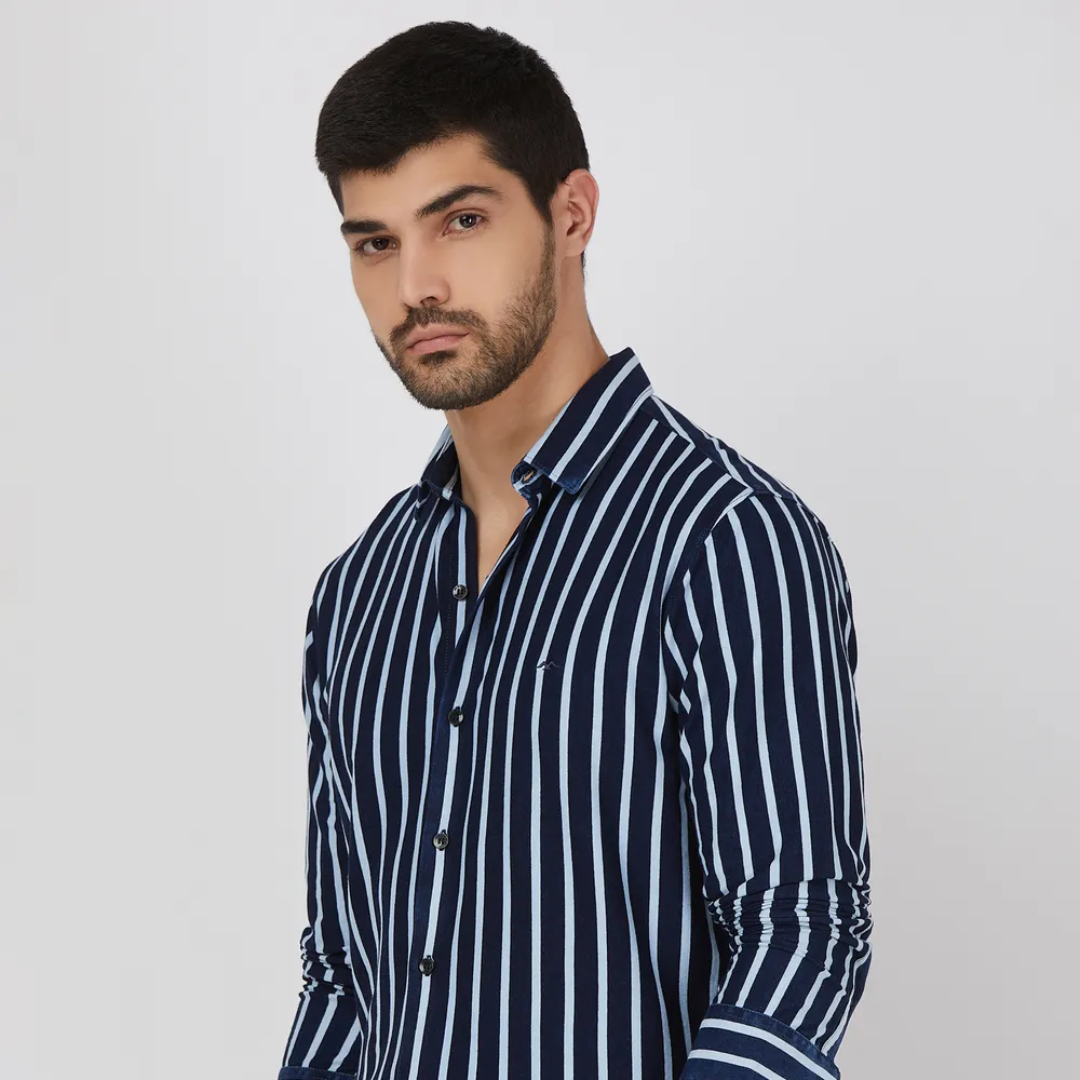
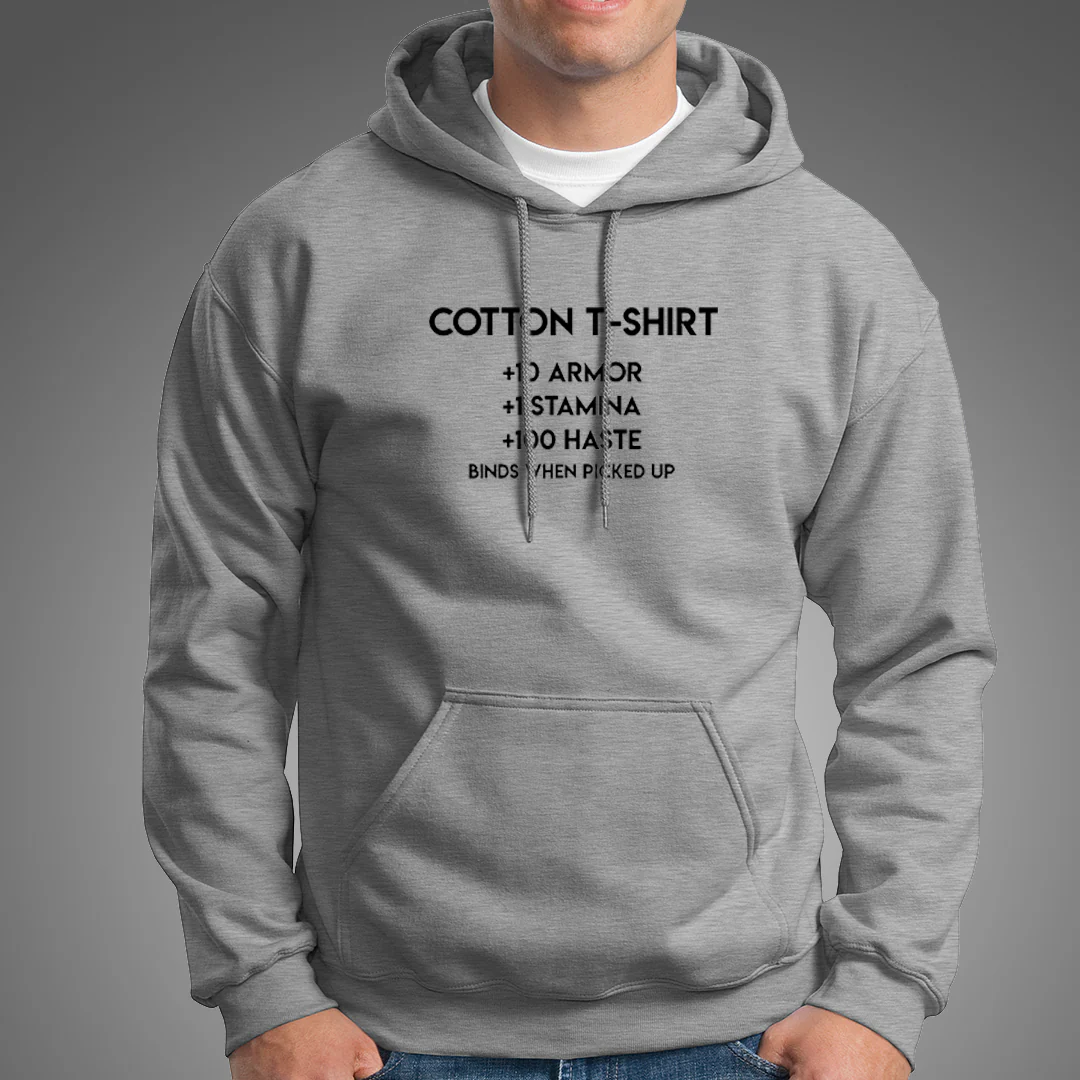
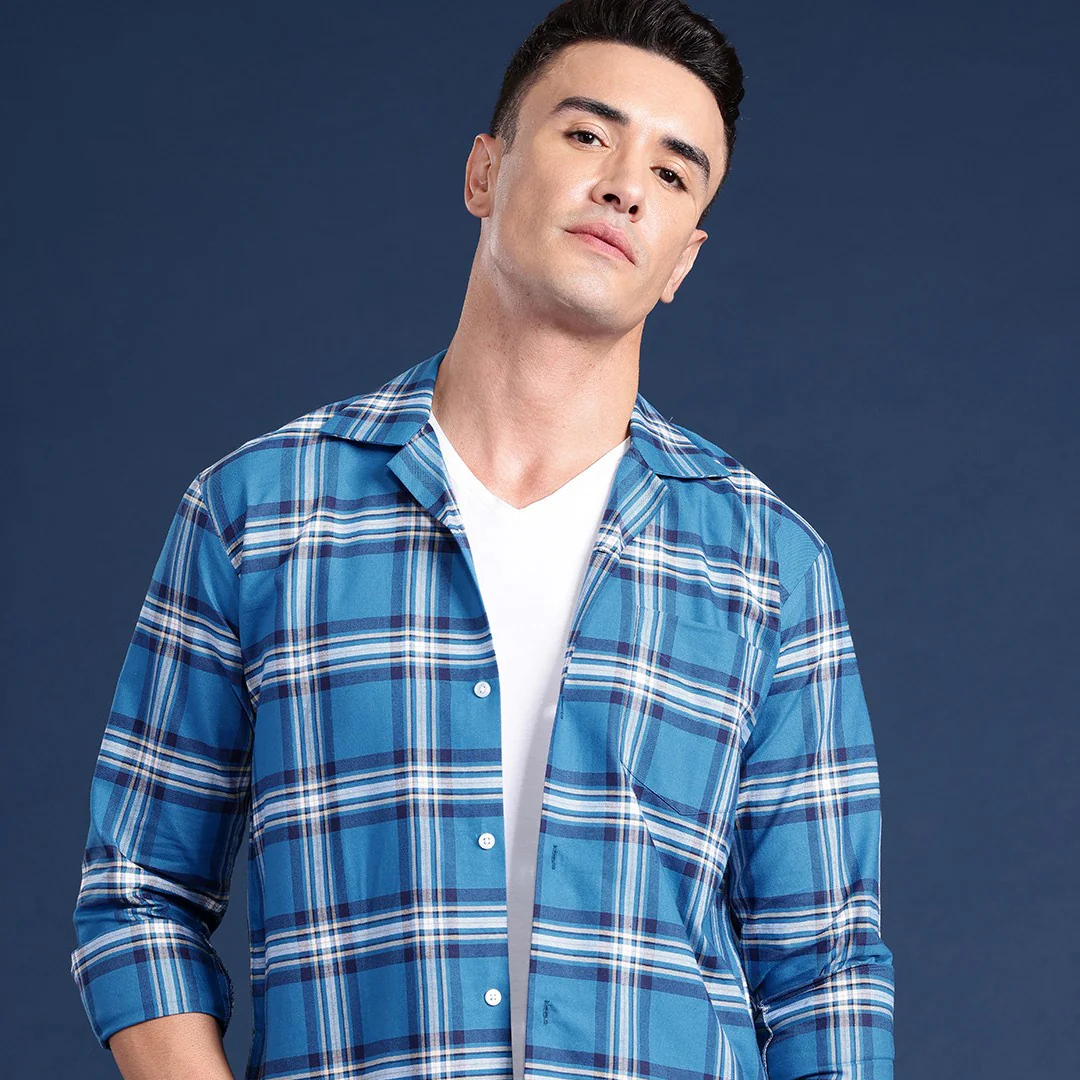

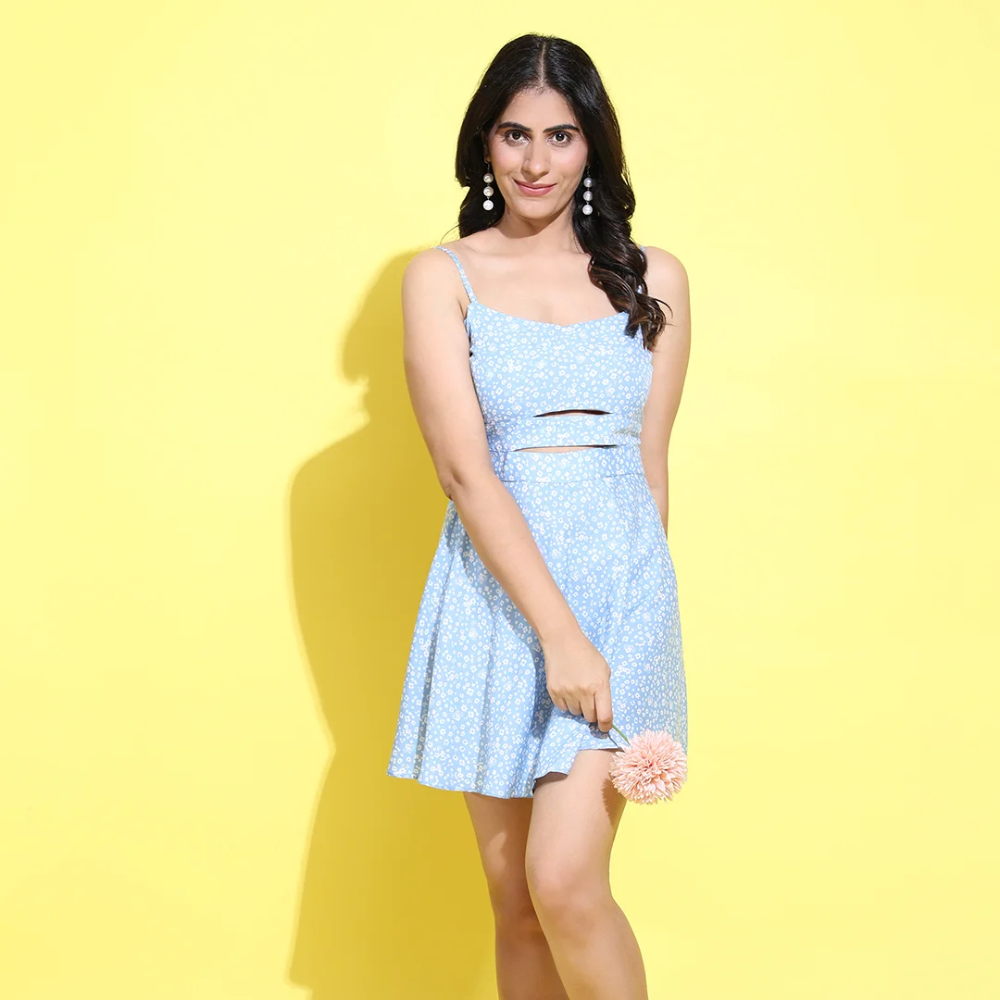

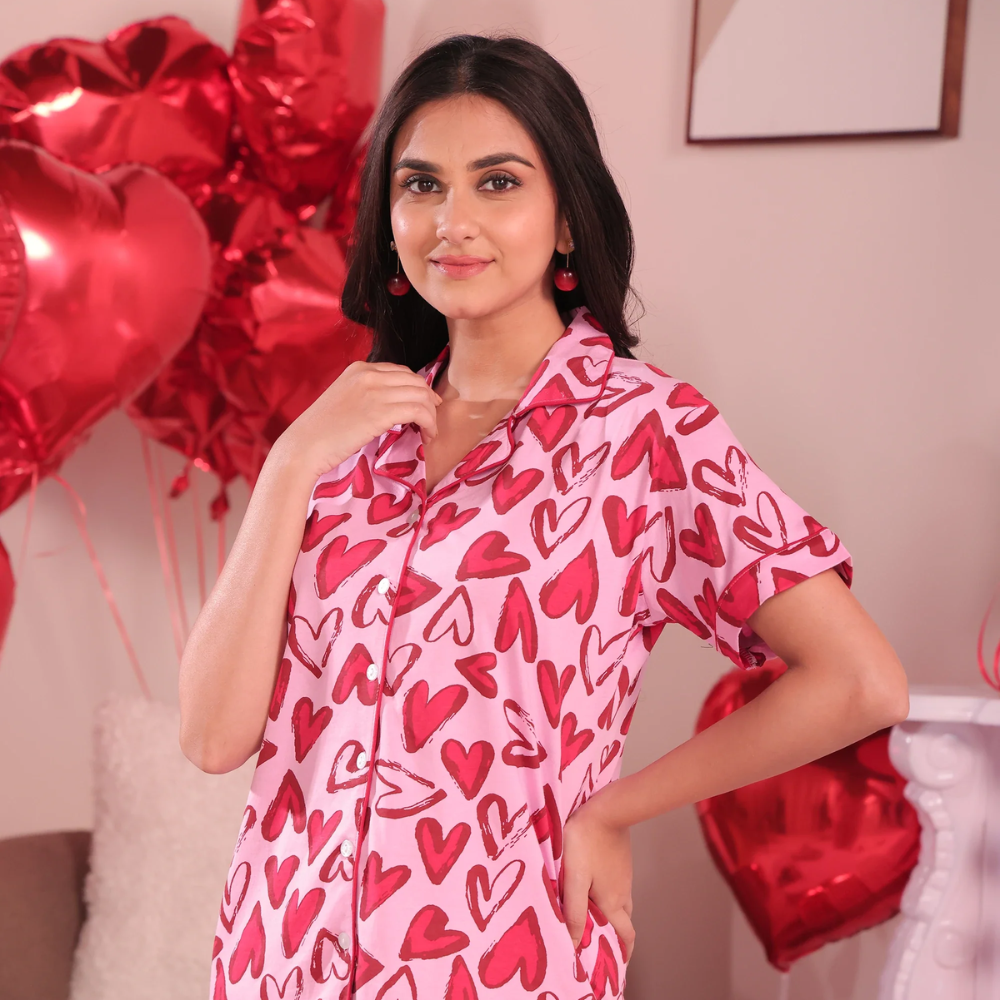
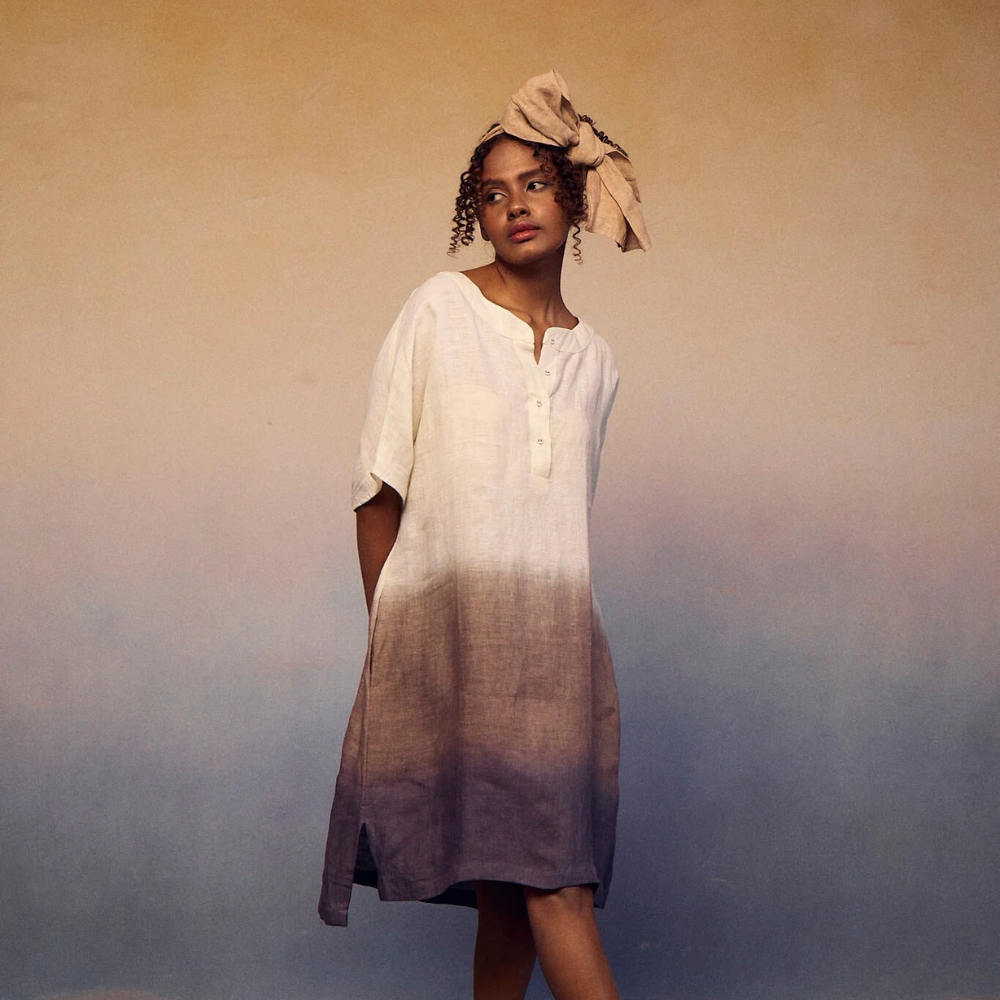
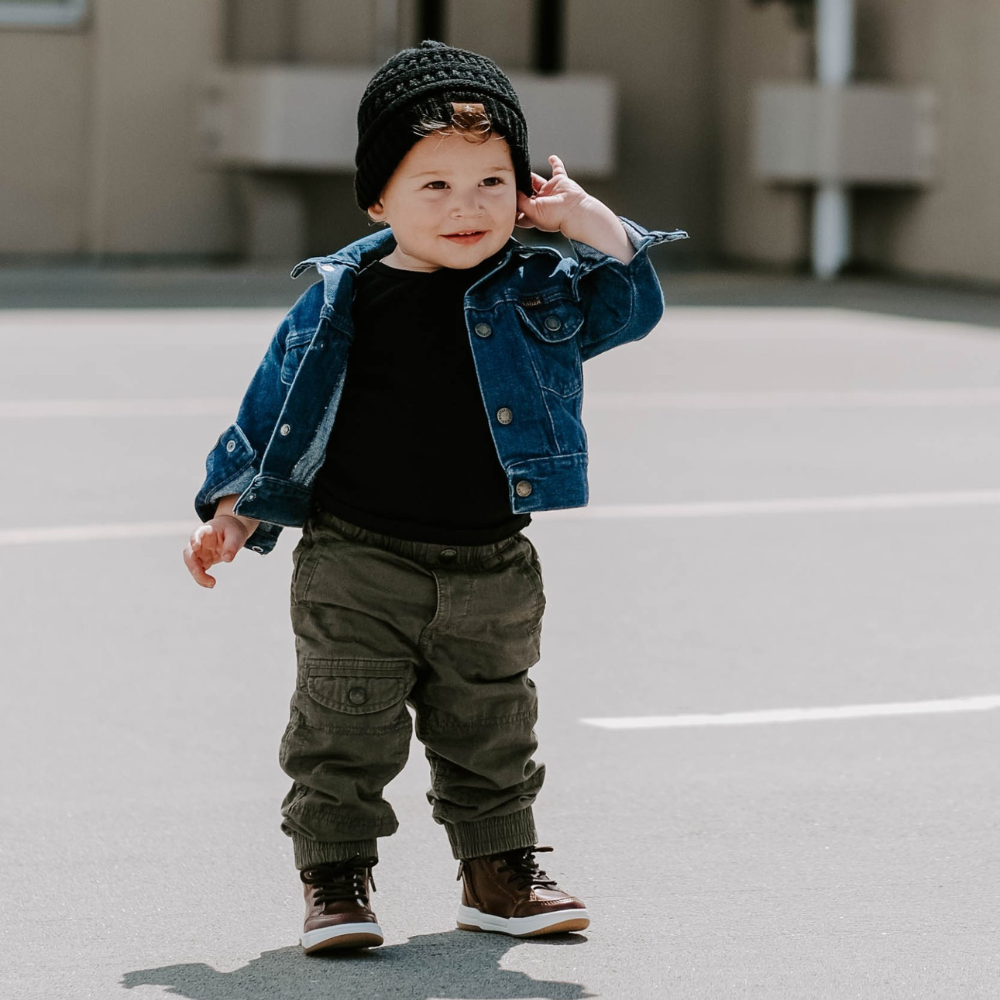
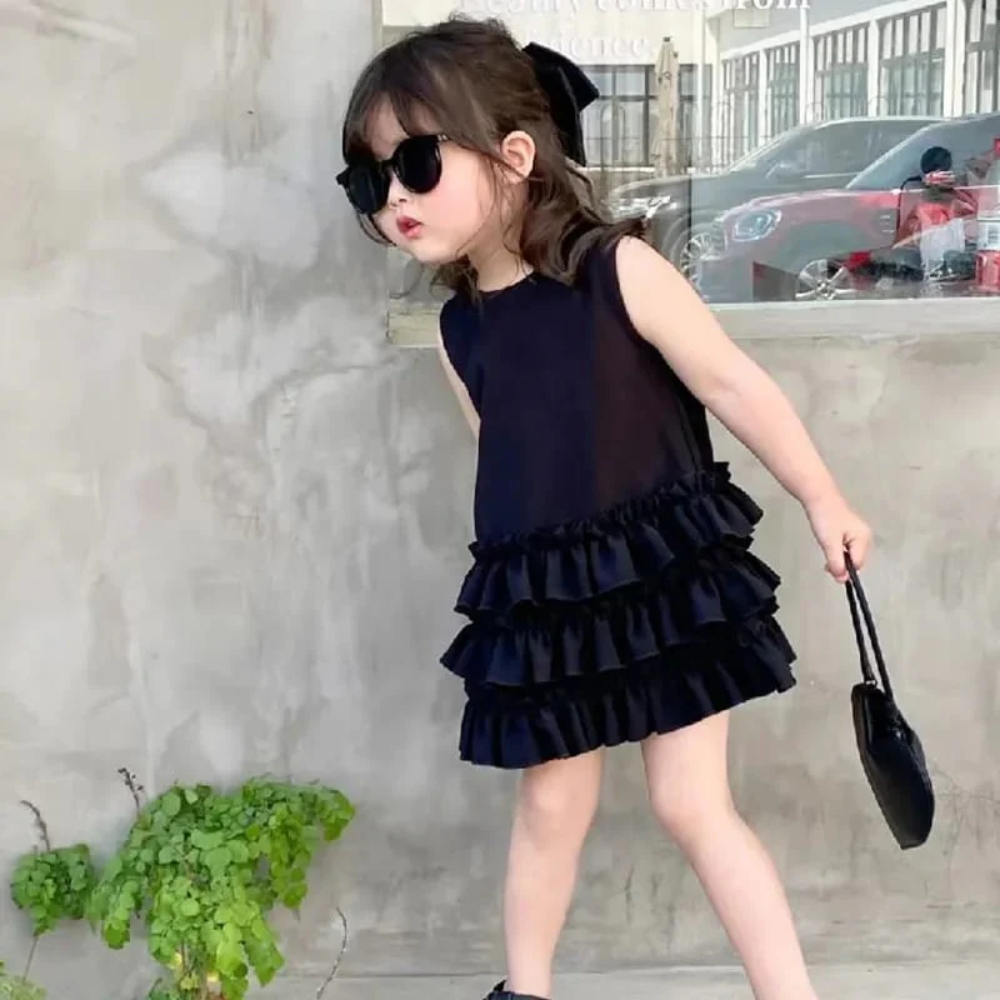




Leave a comment